When traveling to a foreign country, you may be faced with several challenges. Among these, you’ll be tasked to deal with the national currency before starting your trip. Not in all countries, such as in Europe, do the different countries use the same currency, the Euro. In Japan, you pay with the Japanese Yen. We’ll take a closer look at the currency today.
Japanese Currency: The Yen
In Japan, Yen has been used as the national currency since 1871, which the Meiji government introduced based on the western model. The Japanese character for this is 円 (えん, pronounced “en”), but ¥ is used internationally as a symbol.
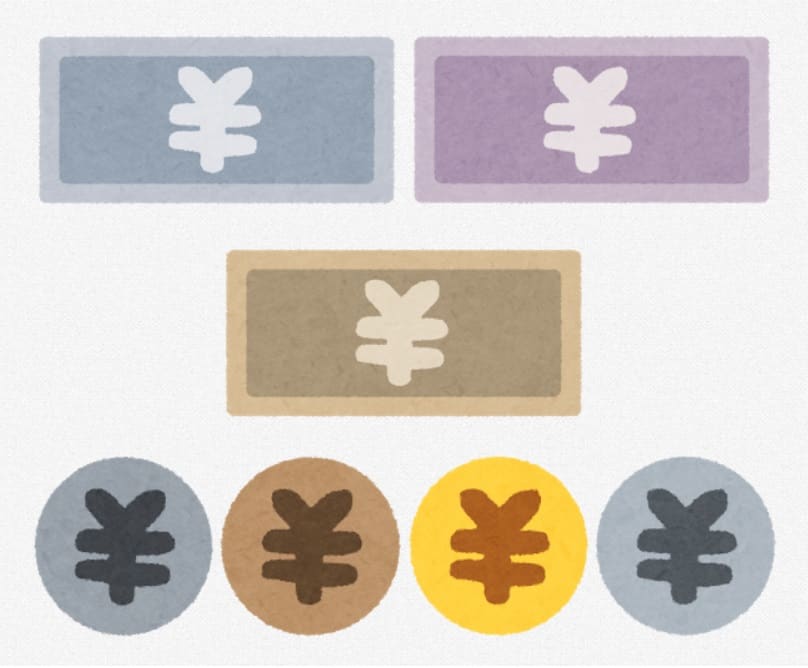
The Yen exchange rate compared to the Euro and the (US) Dollar changes daily depending on the global financial market, but in recent years, it has mostly been around 125 – 130 Yen for 1 Euro and 100 – 105 Yen for 1 (US) Dollar.
What Are the Coins and Bills Used in Japan?
As in many other countries, coins and notes are used to pay in Japan. These have different colors, symbols, and embossing. There are six different coins and four different notes in use in Japan.
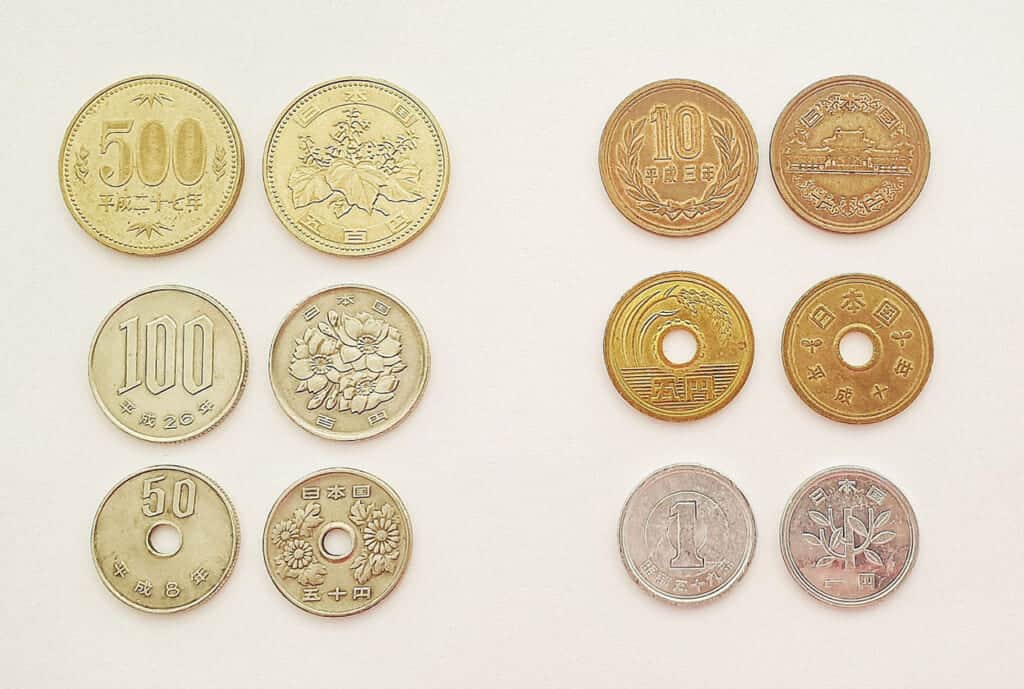
- The smallest coin is the 1 Yen coin. It is roughly comparable to 1 cent. This is made of aluminum and shows a young tree on the back and the Japanese characters for the country Japan, 日本国 (nihon koku).
- The 5 Yen coin has a hole in the middle and shows a sheaf of rice in the water. The value of the coin is shown with the kanji for 5 yen (五 円 goen).
- The 10 Yen coin, made mostly of copper, shows the Phoenix Hall of the Byodoin temple in Uji city, Kyoto prefecture, on the reverse.
- The 50 Yen coin is slightly smaller than the 10 Yen coin and, like the 5 Yen coin, has a hole in the middle. On the back is a chrysanthemum, which is the national and imperial seal of Japan.
- The 100 Yen coin is comparable to the 1 Euro coin. The reverse shows cherry blossoms, which are symbolic of springtime in Japan.
- Finally, the 500 Yen coin is quite large compared to the other coins and is one of the two most valuable coins in circulation in the world. A paulownia (bluebell tree) is shown on the back.
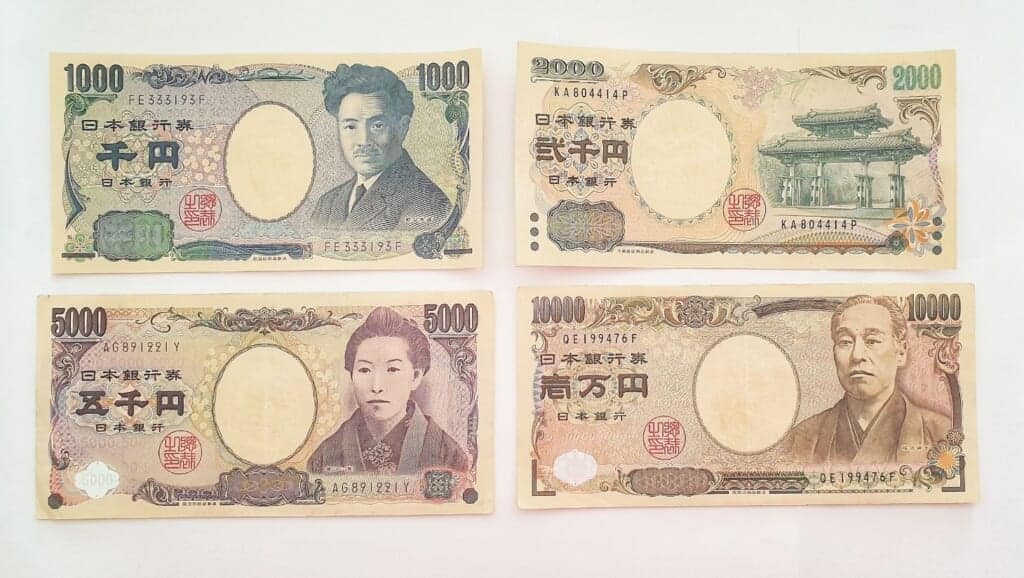
- The 1,000 Yen note is the smallest means of payment. It shows the physician and biologist Noguchi Hideyo on the front and Mount Fuji with cherry blossoms on the back.
- The 2,000 Yen note is quite rare in Japan and is mainly issued by foreign banks. On it, you can see the Shureimon Gate of Shuri Castle on Okinawa as well as an excerpt from Genji Monogatari (源氏物語, “The Story of Prince Genji”).
- On the 5,000 Yen note, you will find the writer Higuchi Ichiyō and an illustration of Japanese irises by the artist Ogata Kōrin.
- The note with the greatest value is the 10,000 yen note. It shows the writer and philosopher Fukuzawa Yukichi on the front and the phoenix of the Byodoin Temple on the back.
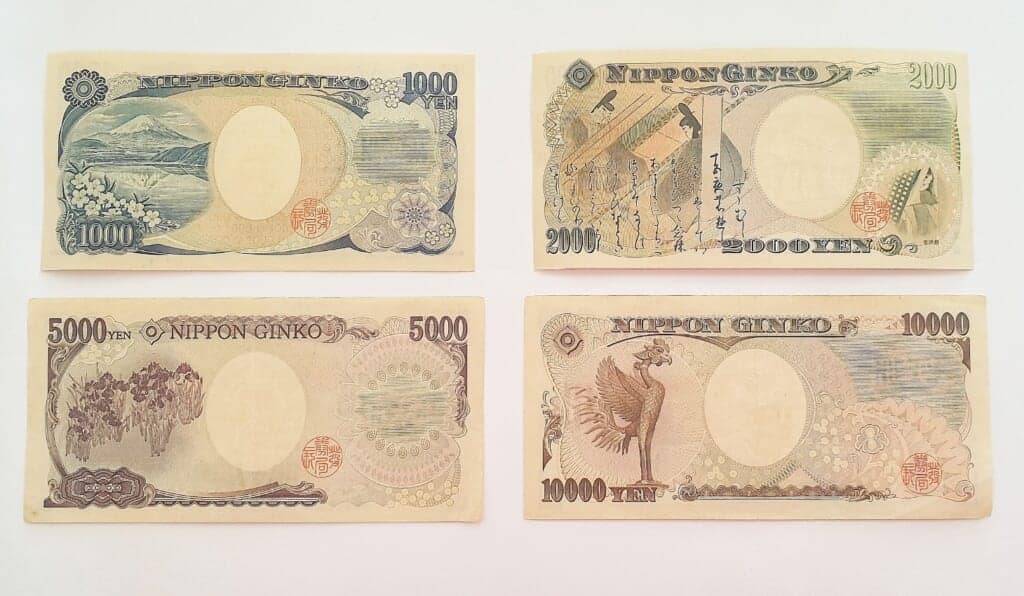
How to Exchange Foreign Currency and Withdraw Japanese Yen
If you travel to Japan, you’ll need to change your money, as you won’t be able to pay with the Euro or the Dollar in Japan. It is up to you whether you want to exchange your money at your local bank before you leave or after you arrive in Japan. However, it is advisable to always have some cash with you, as Japan has long been a cash-oriented society.
There are exchange counters at international airports in Japan. You can change different currencies (you can also exchange the remaining Yen back to Euro or Dollar there before your return journey). But even in the larger metropolises’ inner cities, you can usually find exchange offices and machines at popular tourist locations.
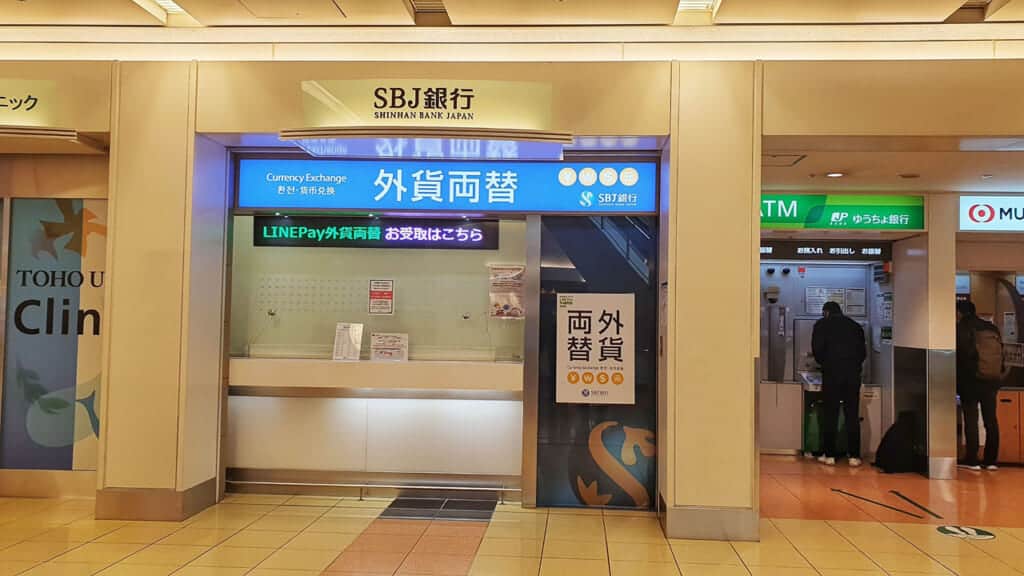
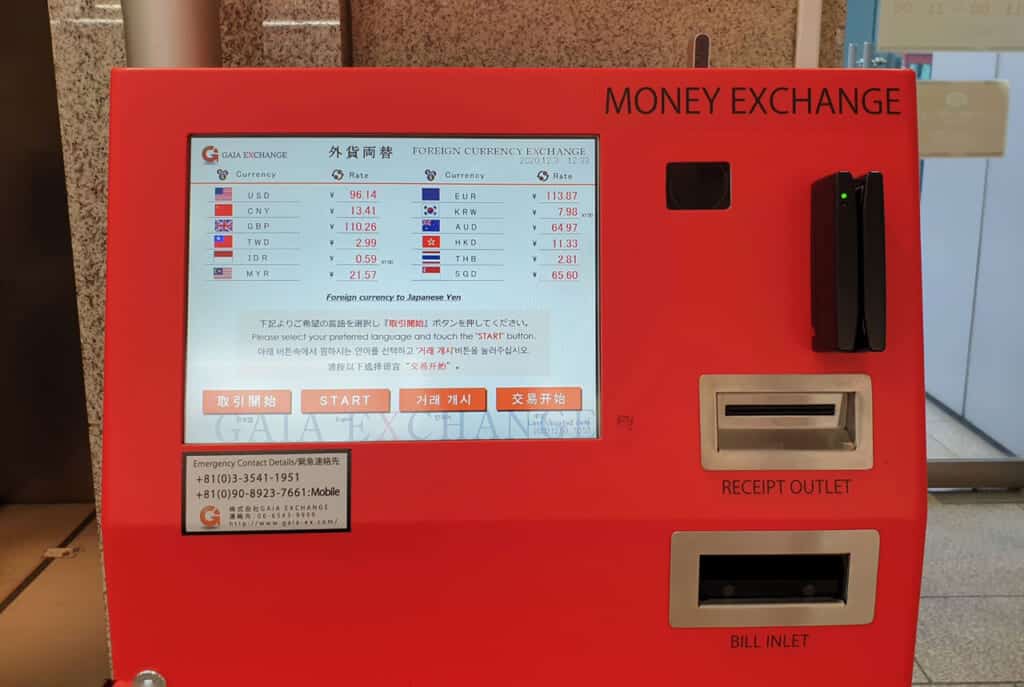
An alternative to changing your own currency into Japanese is to withdraw Yen directly from Japan’s cash dispenser — an ATM — using a debit or credit card. This does not work at all cash machines, but the Japan Post Bank machines and 7-Eleven, in particular, accept foreign cards and can withdraw cash for a fee. Note that some machines are not in operation around the clock. You should clarify with your bank in advance whether this is possible with your bank card or not.
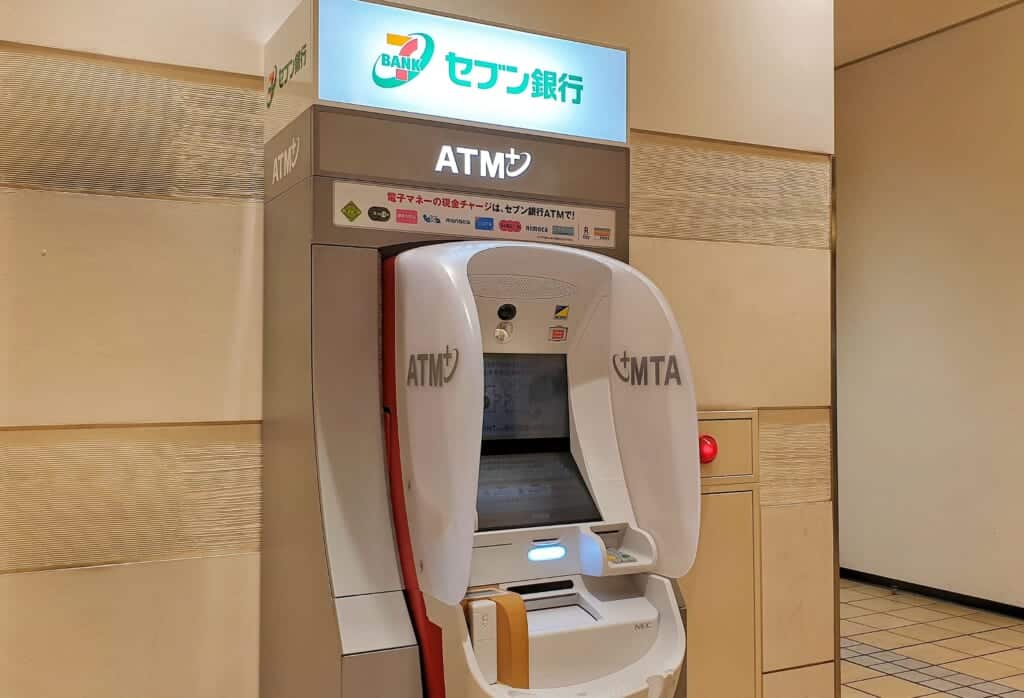
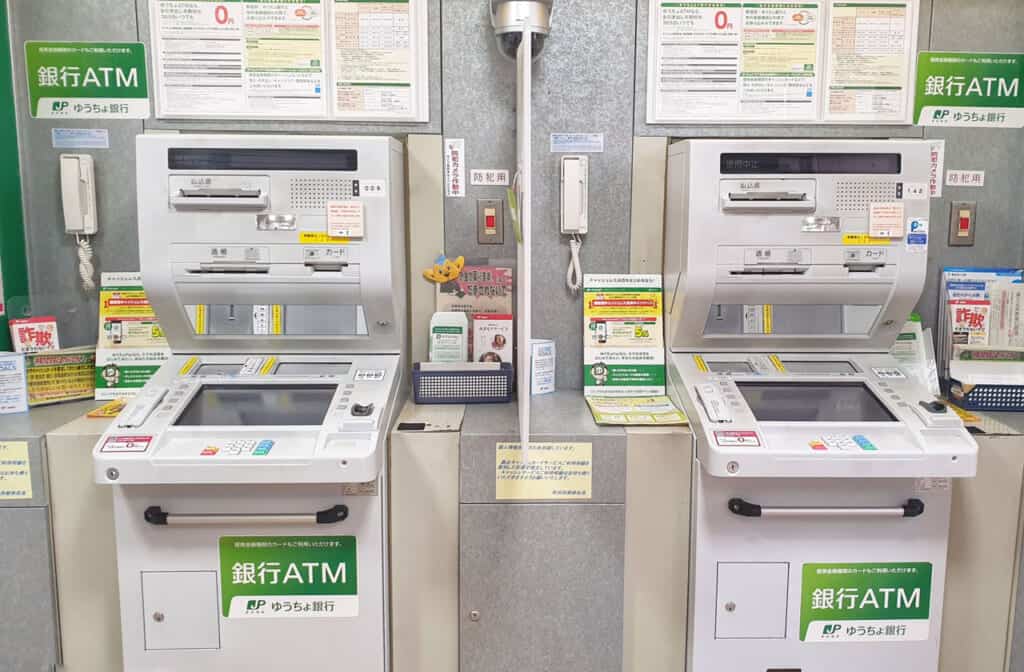
If you do not travel abroad often, it is advisable to let your bank know before you leave that you will be using your credit card in another country. Otherwise, the credit card provider might block the card due to suspicion of misuse.
The Change to Cashless Payment in Japan
Although Japan is known as the land of cash, recent years have been towards cashless payments. In many shops, supermarkets, and restaurants, you can now pay with the IC cards (Suica, Pasmo, etc.) that are normally used for trains. Payment apps such as PayPay, Line Pay (Android / iOS), and GooglePay (Android / iOS) are also becoming increasingly popular. The first shops now even only offer cashless payment.
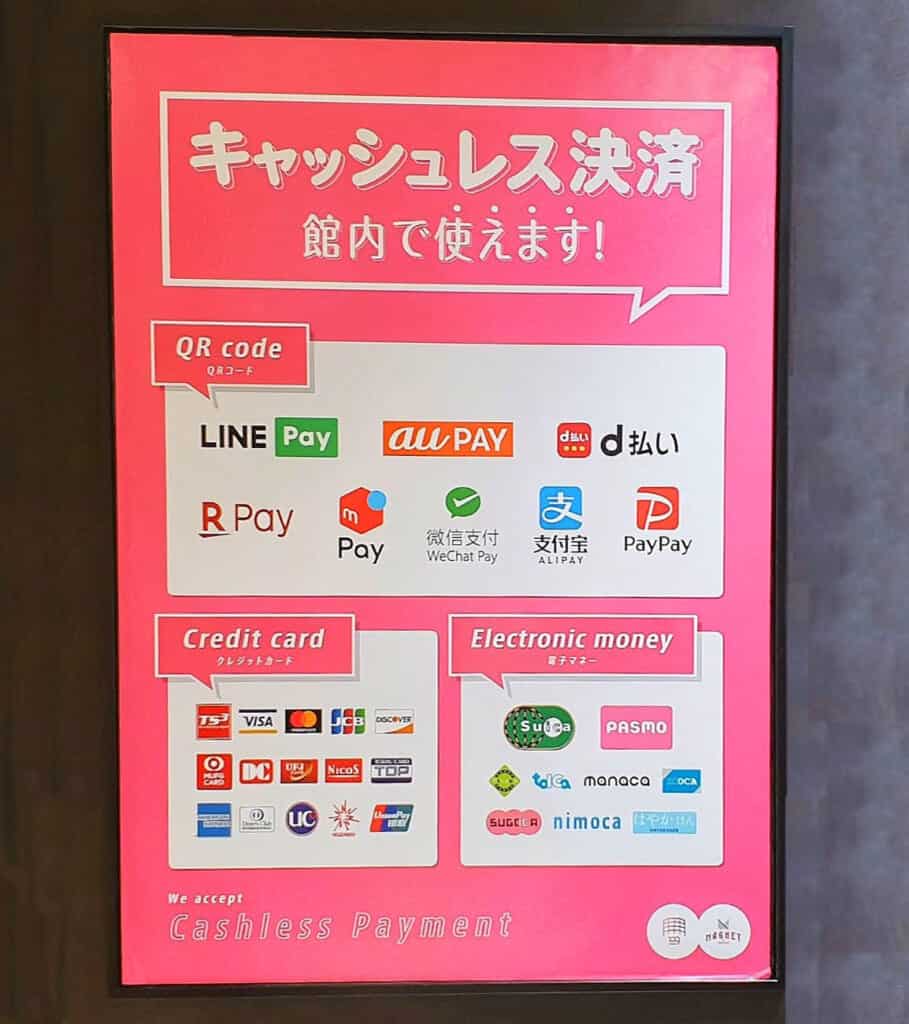
Before you travel to Japan, you should think about how you want to change your money into Japanese Yen, because cash is required on-site in most cases. Then nothing stands in the way of your next Japan adventure!



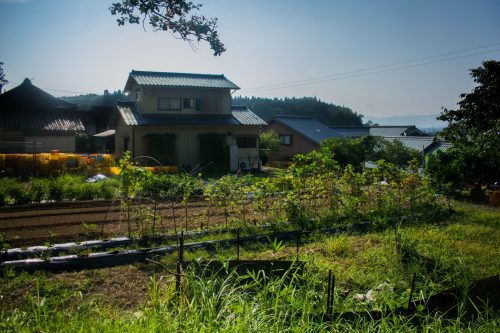



No Comments yet!